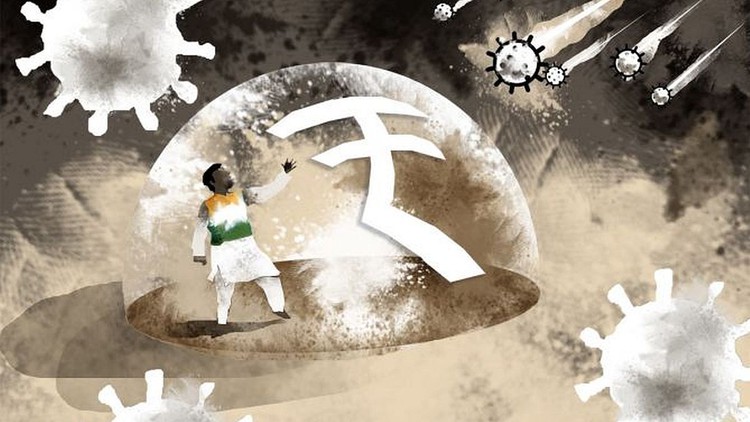
Foreign Trade Policy Lessons
What you will learn
In this course, you will learn the most detailed information about Foreign Trade Policy.
Description
What is Foreign Trade? What are the Types?
Foreign trade is the exchange of capital, goods and services between international borders or regions.
In most countries, it represents a significant portion of the gross domestic product (GDP). Industrialization, advanced transportation, globalization, multinational corporations and outsourcing have a major impact on the international trade system.
Increasing international trade is very important for the continuation of globalization. International trade is an important source of economic income for any country considered a world power.
Without the foreign trade system, countries would be limited to goods and services produced within their own borders.
What is Foreign Trade?
Foreign trade is the exchange of goods across national borders. Prof. According to JL Hanson’s definition, “The exchange of various private goods and services between the relevant countries is known as foreign trade.”
Foreign trade is, in principle, no different from domestic trade because the motivation and behavior of the parties involved in a trade does not fundamentally change depending on whether the trade is cross-border.
The main difference is that international trade is typically more costly than domestic trade. This is because a border typically incurs additional costs, such as tariffs, time costs from border delays, and costs associated with country differences such as language, legal system, or a different culture.
Foreign trade is all about import and export. The backbone of any foreign trade between countries are products and services traded elsewhere outside the borders of a particular country.
Some countries are adept at making certain products affordable.
Perhaps this is because they have a supply of labor or abundant natural resources that make up the raw materials needed. Whatever the reason, the ability of some nations to produce what other nations want is what makes foreign trade work.
Foreign Trade Types
Foreign Trade Types
Imports
Importing is the purchase of goods or services made in another country. For example, importing edible oil from Chinese producers to sell in Africa.
Export
Exports are selling domestically produced goods in another country. For example, many products are exported from our country to Europe in areas such as food and textiles.
Transit Trade (Re-Export)
When goods are imported from a foreign country and sold to foreign buyers, this is called transit trade (re-export).
For example, an Istanbul company imports cotton (raw material) from a Korean company and produces ready-made garments with this product and exports these products to Canada.
Firms should export raw materials to other countries and import finished goods by increasing their export power. In this way, it will be ensured that all countries benefit from these raw materials, and division of labor and specialization will be paved.
Optimum Resource Allocation and Resource Utilization
Due to specialization, inefficient lines can be eliminated and resource waste can be avoided. In other words, resources are channeled only to the production of goods that will yield the highest returns.
Therefore, there is a rational distribution and use of international resources due to foreign trade.
Price Equality
Prices can be stabilized with foreign trade. It helps to keep the demand and supply position stable, which balances prices and provides allowance for shipping and other marketing expenses.
Availability of Multiple Options
Foreign trade helps consumers make a better choice. It helps bring new varieties to consumers all over the world.
Provides Quality and Standard Goods
Foreign trade is highly competitive. To maintain and increase the demand for goods, exporting countries must maintain the quality of goods.
Thus, quality and standardized goods are produced.
Raising People’s Standard of Living
Imports can facilitate the living standards of the people. This is because people can have new and better varieties of products and services.
People can improve their living standards by consuming new and better varieties of goods.
Create Employment Opportunities
Foreign trade helps create employment opportunities by increasing labor and resource mobility. It creates employment directly in the import sector and indirectly in other sectors of the economy.
Industry, Service Sector (customs, insurance, banking, transportation, communication) etc.
Facilitate Economic Development
Import facilitates the economic development of a country. Because, with the import of capital goods and technology, a country can create growth in all sectors of the economy, agriculture, industry and service sector.
Help During Natural Disasters
Earthquakes, floods, famines etc. Affected countries face the problem of scarcity of essential goods during natural disasters such as
Foreign trade enables a country to import food, grain, and medicine from other countries to help affected people.
Maintains Balance of Payment Position
Each country must maintain its balance of payment position.
Since every country has to import and this causes an outflow of foreign currency, it also exports for foreign currency inflow.
Brings Reputation and Helps to Earn Goodwill
An exporting country gains goodwill in the international market.
For example, Japan has gained a lot of goodwill in foreign markets due to the export of quality electronics.
Promoting World Peace
Foreign trade brings countries closer. It facilitates the transfer of technology and other aid from developed countries to developing countries. It brings different countries closer due to the economic relations resulting from trade agreements.
Thus, foreign trade creates a friendly atmosphere to avoid wars and conflicts. These countries support world peace as they try to maintain friendly relations among themselves.
In this course, you will learn much more, with its sincere expression, from the educators.
You can finish the course whenever and wherever you want, with the advantage of stopping where you want and continuing wherever you want.
With these opportunities provided by technology, you will receive your certificate when you complete this course.